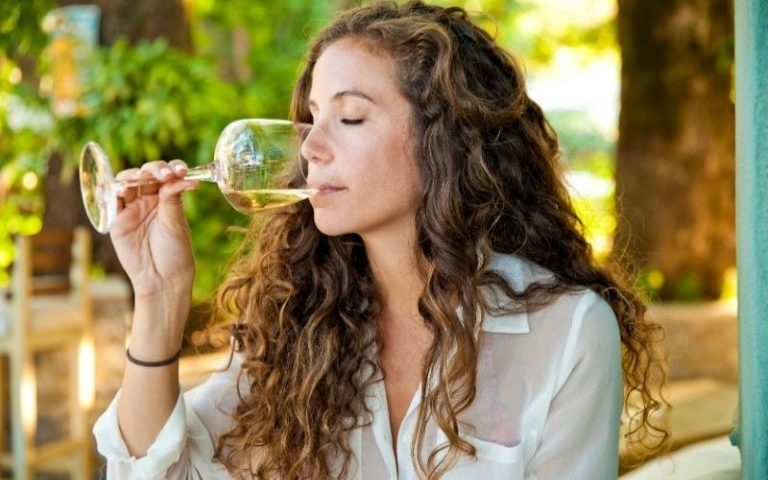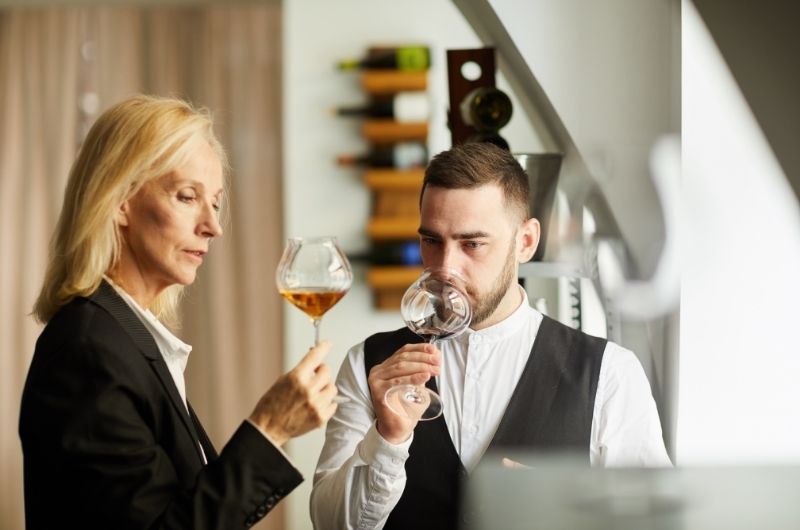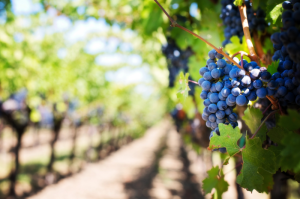Tertiary flavors in vintage wine: what they are and how they develop

A skilled winemaker doesn’t need a wide variety of flavors and complex ingredients to create wines with many different flavors and aromas. All they need are good quality grapes, yeast, and time. And all of these ingredients play important roles in the development of a winemaking miracle – the tertiary tones you can taste in the flavor of vintage wines.
Which basic aromas do you recognize when tasting wine?
As their name suggests, tertiary flavors are the third flavors to develop during the winemaking process. However, this doesn’t mean that they are found in all wines.
The primary aroma is created by aromatic substances in the grapes and the musts pressed from them. You’ve probably guessed correctly that their ratios depend on the specific variety and the year when the grapes are harvested. These aromas are most intense in young wines. In the case of white wines, you may smell the aroma of green apples or fresh citrus tones. Young red wines often boast a primary aroma of sweet or dried fruit.
The secondary aroma arises during the wine’s fermentation, and it is the most important element in forming the overall impression of the wine’s taste. The secondary aroma reflects the variety of grapes used as well as their quality. However, in order to preserve these essences in the wine it has to ferment slowly at a low temperature.
And what about the tertiary flavors?

When the taste of wine isn’t boring: thanks to tertiary tones each sip will surprise you
Wine mainly acquires tertiary flavors during the process of long maturation, which is why they’re typical for vintage wine. You won’t encounter them in wines that are intended to be consumed soon after purchase.
Thanks to their tertiary tones, old wines have perfect complexity – the tertiary flavors harmoniously complement the others. Additionally, when tasting the wine, you can continually enjoy the experience of recognizing new flavors. Tertiary tones are simply an imaginary period that emphasizes the uniqueness of every mature wine.
Tertiary flavors develop thanks to biochemical processes that take place in the sugars, acids, and phenolic compounds during the wine’s maturation. This results in some of the primary and secondary flavors being strengthened, while others are overshadowed. However, sometimes there is even a complete transformation in their taste. Wine is usually left to mature in bottles or in oak barrels.
Tip: Did you know you can let wine mature yourself? All you need to do is acquire the right kind, that has archival potential, and provide it with suitable conditions for uninterrupted maturation. In a few years you can look forward to tertiary flavors that the wine developed thanks to your good care.
Select wines. In your email.
once every month. You can look forward to our recommendations, interesting content, and great offers for your archive for your archive.
By sending an email you agree to the Terms and Conditions for Protection of Personal Data



